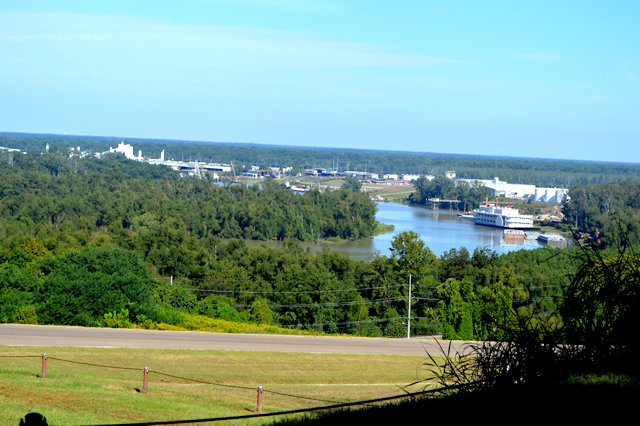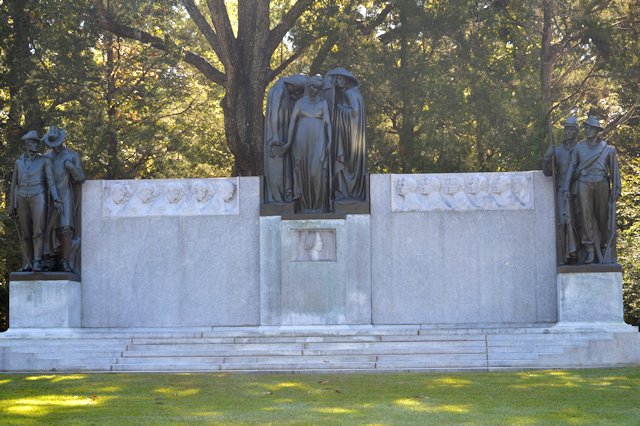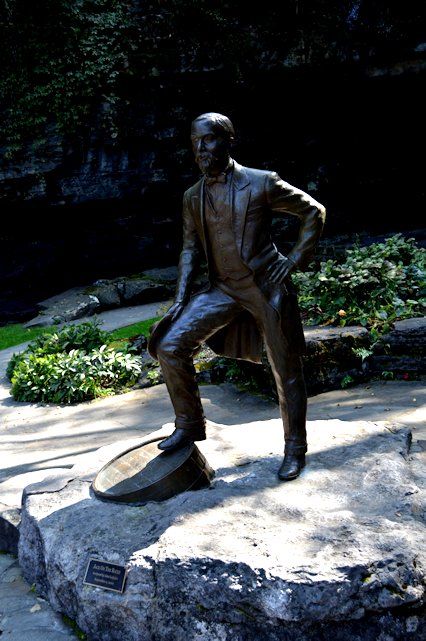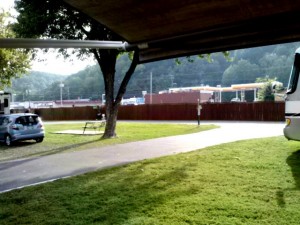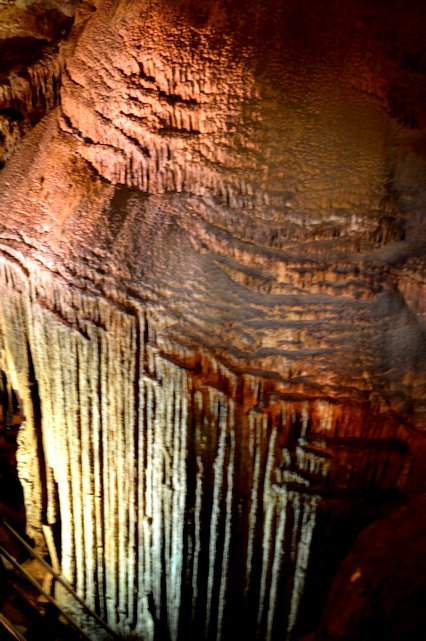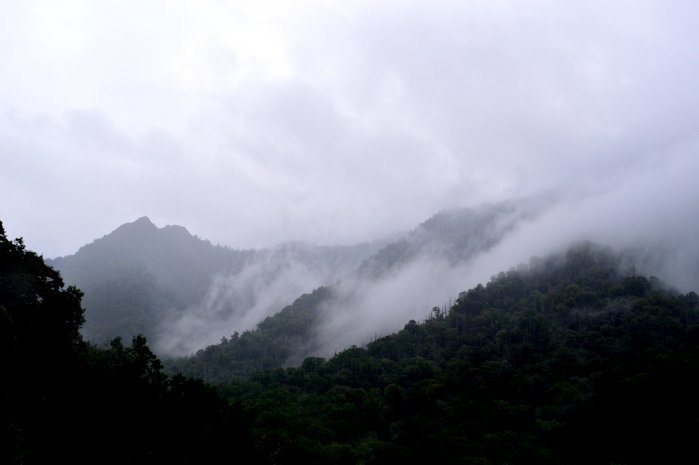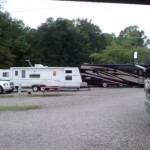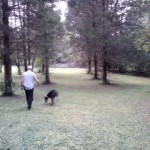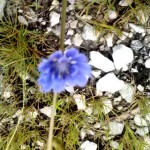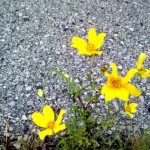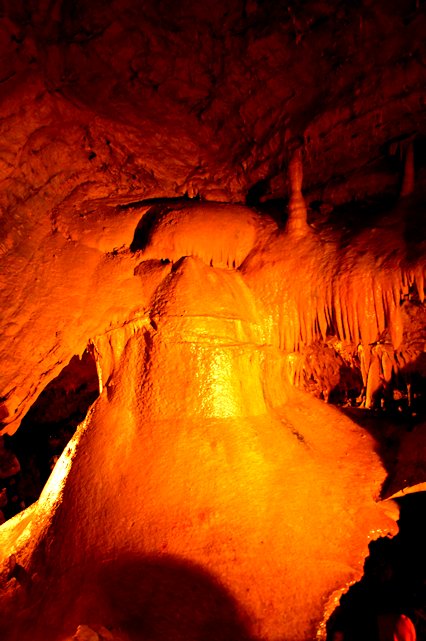We visited Vicksburg as it was another major battle site in the Civil War. Vicksburg is situated at what was then a sharp curve of the Mississippi River (the river has since changed course and mostly bypasses the town) with high bluffs overlooking both the river and the surrounding countryside. Ravines and ridges made natural fortifications.
The Confederate commanders knew that Vicksburg would be a major site during the war – the Union’s intention was to occupy the entire length of the Mississippi River, effectively cutting the south into two halves. So, they built up the natural fortifications by moving vast amounts of earth to create steeper slopes and higher ridges, and also put large branches of trees on those steep slopes to further confound any troops trying to scale them.
The Union attempted several times to break into the city, but the natural and man-made fortifications repulsed them each time. So, they decided on a seige instead. The Union held the river and surrounded the city, not allowing any supplies to come in and constantly bombarding the city with cannon and gunfire. After 47 days the Confederate army surrendered the city.
Several ships built as “ironsides” ships were involved in the battles and seige. One, the Cairo, was sunk in the river where it sat for 102 years before being raised and partially restored. This ship is on display and it was very interesting to see the design of the ship and the artifacts that were recovered. The crew abandoned ship very quickly as it was sinking, but no crew died during the evacuation.
Here are pictures:

